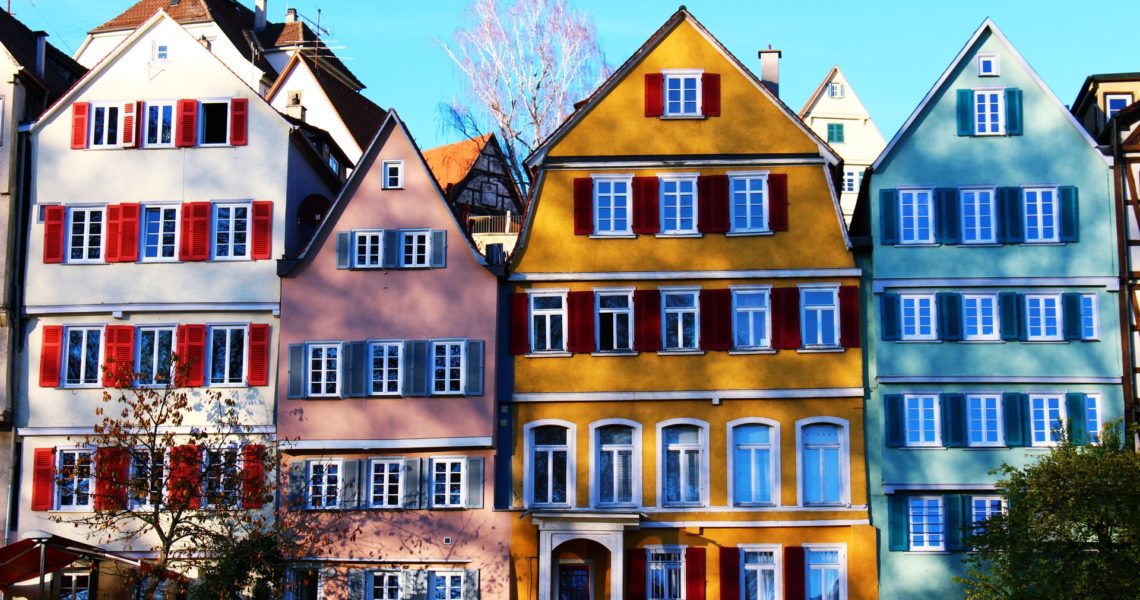There are times in your life when you may find yourself looking at a document that you can’t read and you don’t even know what language it’s in. So what do you do? Where do you even start?
“Use Google Translate,” someone might say. However, Google Translate doesn’t always correctly detect languages. What’s more, distinguishing languages from one another is a type of skill that can come in handy when you least expect it, even if your name isn’t James Bond.
Today I’d like to share with you some tips on how to correctly identify different languages, focusing on four major Germanic languages: German, Danish, Dutch and Afrikaans. While English is actually the most widely spoken Germanic language with around 400 million native speakers, if you’re reading this, then I must assume you have no problems with recognizing English. I’ll share tips about distinguishing additional languages in future posts.
German
German has nearly 100 million native speakers and is an official language in Austria, Belgium, Germany, Liechtenstein, Luxembourg and Switzerland.
What kind of letters do you see in your text? The German language uses special letters such as these: ä, ß, ö and ü. However, German words do not usually begin with the letter c.
In German, the word ich means “I” and nouns – such as Hut, meaning “hat” in English – are capitalized. However, ich doesn’t always have to be capitalized like “I” does in English.
Danish
Danish has approximately 6 million native speakers and is an official language in Denmark.
When examining a text, remember that the Danish language uses special letters like å, æ and ø, and that jeg is the Danish word for “I”. In addition, Danish tends to have many ks in the middle as well as at the end of words.
Dutch
Dutch has approximately 23 million native speakers and is an official language in Aruba, Belgium, Curaçao, the Netherlands, Sint Maarten and Suriname.
The Dutch language uses special letters that look like these: è, é, ï, ó and ú. In addition, Dutch uses many double vowels in words, such as aa and oo, and the letter z appears at the start of many words.
The word ik is Dutch for “I”. In the Dutch language, many words contain the combination ij, such as jij, which means “you”.
Afrikaans
Afrikaans has 7.2 million native speakers and is one of the official languages in South Africa.
Since Afrikaans is considered to be a daughter language of Dutch and there is a high degree of mutual intelligibility between them, it’s more difficult to tell Dutch and Afrikaans apart than German and Danish, for example. However, to do so, keep these three tips in mind.
The Afrikaans language uses special letters like these: í, î and ý. In addition, many words end with sie, such as nasie, which means “nation”. Also, in Afrikaans, ek means “I”.
I hope these tips help the next time you’re faced with a text in a Germanic language that you’re not sure about.
We Know Languages
Certified for ISO 9001, Responsive Translation is a full-service translation agency. We offer translation, interpreting and a wide range of other foreign-language services in more than 200 languages and dialects. To learn more about what we can do for you, please get in touch at 646-847-3309 or [email protected].

